Introduction
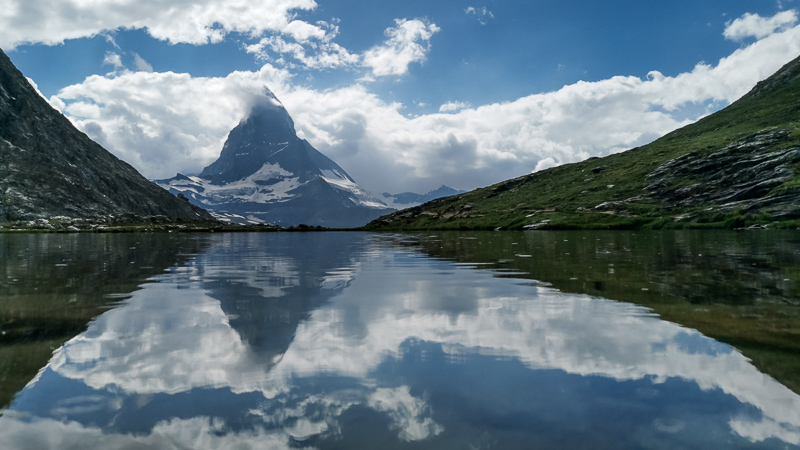
Very often we get asked questions like: should I get lens X or lens Y? Out of lens X, Y and Z: which is the best performer? Which 35/50/85mm lens should I buy? Do I need a camera with 42mp? Is the Zeiss Batis 18mm 2.8 or the Zeiss Loxia 21mm 2.8 sharper?
For several reasons we usually cannot answer these questions: rarely we know what you want to use the lens or camera for and often the difference between a good and a bad sample of the same lens is bigger than that between two different lenses.
So, to give you a different perspective, in this article we will look at the Huawei Mate 20 Pro, a smartphone with above-average camera capabilities and see what results can be obtained from this pocketable 200g device.
Sample Images
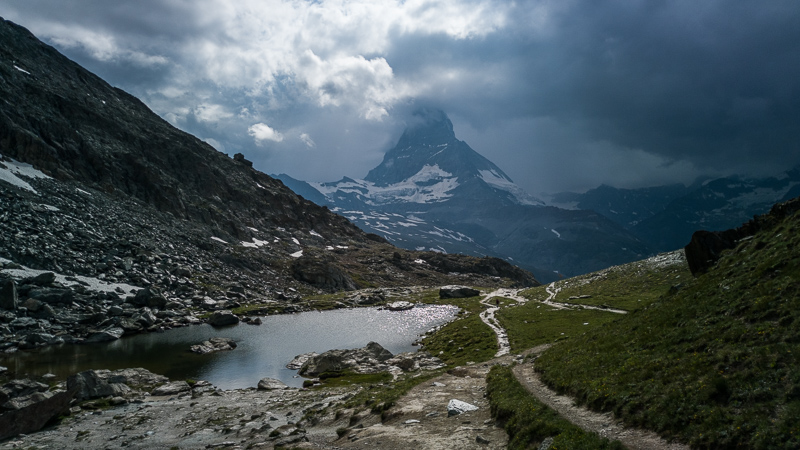
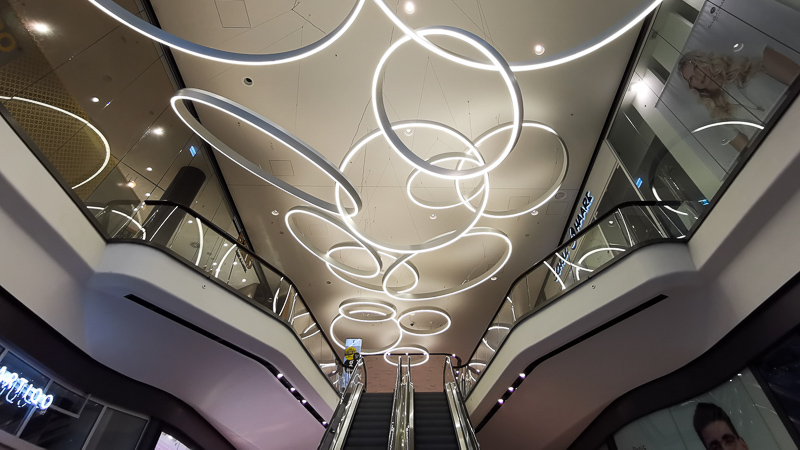
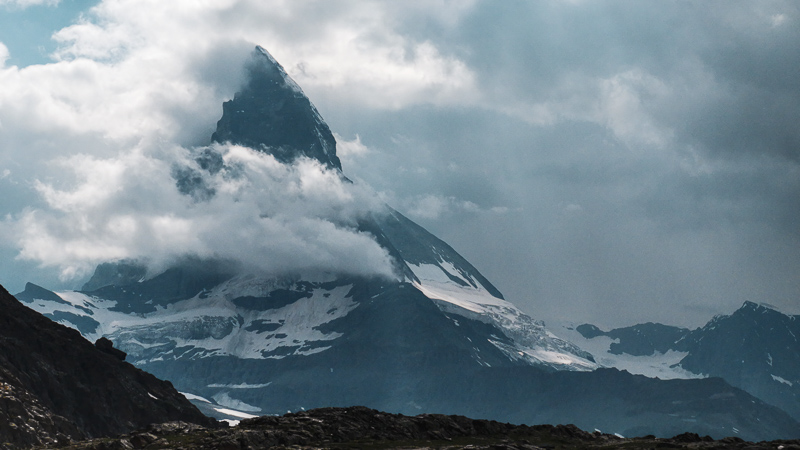
Contents
Disclosure
For the past years I have mostly been using Samsung smartphones. Unfortunately I managed to break my trusty Galaxy S7 so I decided to buy the Huawei Mate 20 Pro instead, as I was already quite impressed by the P20 Pro’s camera capabilities when I had a close look at it at Photokina 2018.
Lenses and Sensors
The Mate 20 Pro features 3 different lenses coupled with 3 different sensors:
- 2.35mm f/2.2 (16mm f/15 equiv.) | crop factor 6.8 | 20mp 1/2.7″
- 5.58mm f/1.8 (27mm f/8.7 equiv.) | crop factor 4.8 | 40mp 1/1.7″
- 7.48mm f/2.4 (80mm f/25 equiv.) | crop factor 10.7 | 8mp 1/4″ with OIS
These numbers are telling me that the 27mm equivalent should be quite capable, the 16mm equivalent decent and the 80mm equivalent not so great. This exactly matches my findings in the field.
Computational photography
To get usable image quality out of such small sensors the phones nowadays use “computational photography” which means combining several shots taken with the same lens (e.g. at different focus settings) or even shots taken with different lenses to improve the final result.
Points of confusion
To accomplish this these phone cameras will do a lot of things that might confuse you when you are coming from a DSLR or mirrorless camera where you can actually decide what the camera is doing.
A few examples:
- In most situations the cameras will take several shots to increase sharpness and dynamic range and decrease noise
- The 80mm equivalent lens will only be used for long distance shots, at short distance the phone will just use a crop from the 27mm equivalent main lens
- In auto mode there is a “super macro” feature and while the 16mm equivalent lens does indeed focus close, this mode will add some digital zoom with a very noticeable loss of image quality
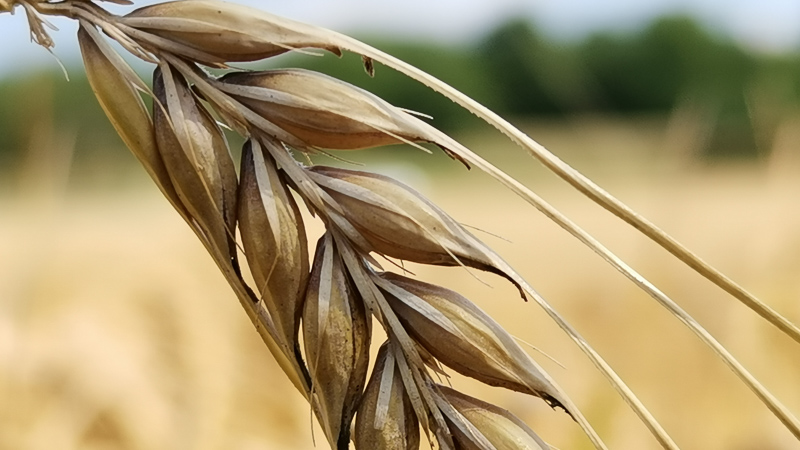
Huawei Mate 20 pro | 27mm equivalent | crop - If you shoot raw (only possible in “Pro”-mode) the cameras will use their actual pixel count of 20, 40 and 8mp, but if you do not shoot raw you have the choice between:
a) 40mp and lose the ability to zoom at all or
b) 20mp for the 16mm equivalent lens and 10mp for the 27mm and 80mm equivalent lens (so the pictures taken with the 80mm equivalent lens will already be blown up from 8 to 10mp)
It gave me a real headache to figure some of these things out and I really don’t like any camera to add some digital zoom without telling me. But some of these computationally combined images can do things easily surpassing what cameras with bigger sensors can do, as the following chapters will show.
Dynamic range
The dynamic range is much better than what we are used to see from compact cameras and obviously older generation smartphones. In the following examples I was expecting to see blown out highlights but the resulting shots are actually not bad and show a wide dynamic range which greatly surpassed my expectations:
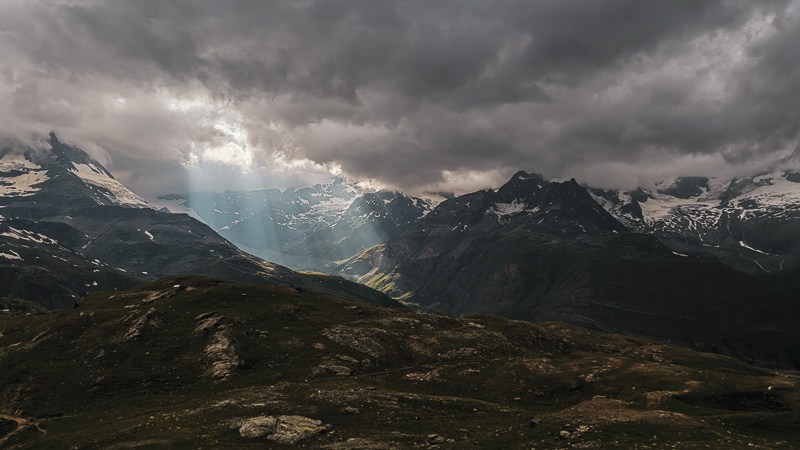
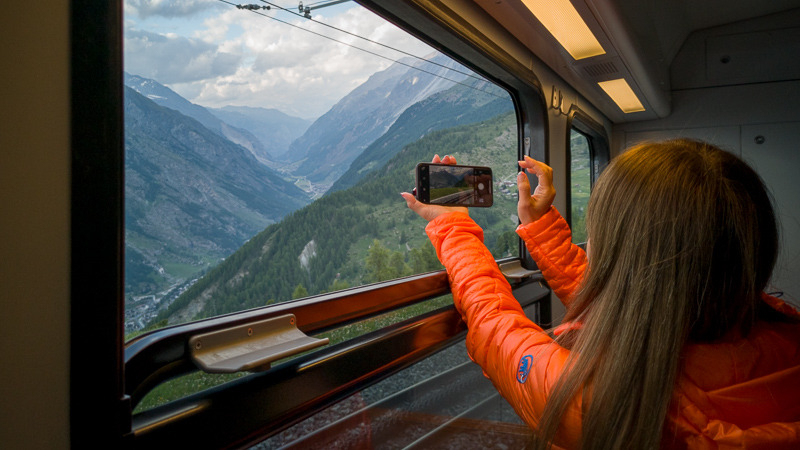
Bokeh
For a long time shallow depth of field photography was one area where cameras with small sensors simply couldn’t compete. But today’s smartphones can combine shots taken with one camera at different focus distances or even shots from more than one camera to create a depth map and blur the background around your subject.
The computer generated bokeh is often not perfect around the edges, but usually good enough for web size (the P30 Pro should fare better in this category). You can emulate the depth of field of up to a 27mm f/0.95 equivalent lens:
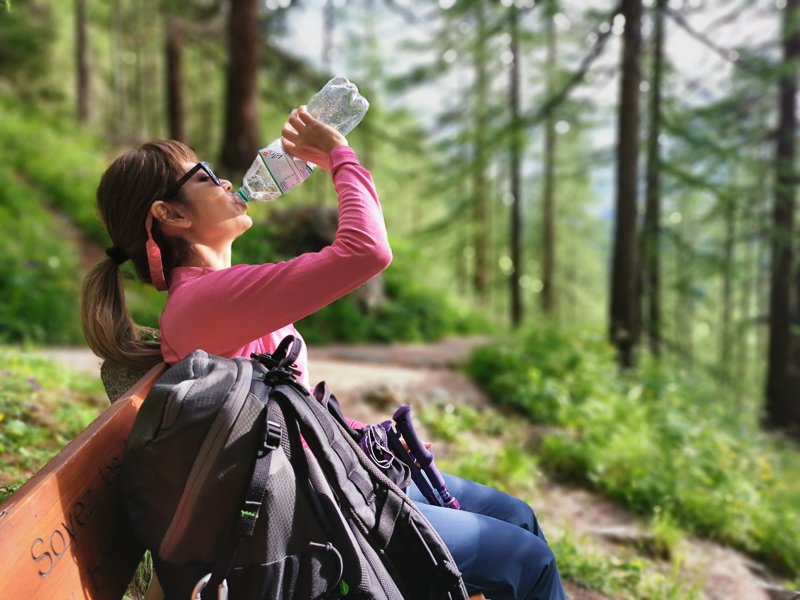
Let’s see how this compares to a fullframe 28mm f/1.4 lens:
Interestingly the phone shows much more blur than the numbers suggest. My guess is the “f/1.4 equivalent rating” I dialed in here doesn’t really mean anything.
The phone shows “perfect” gaussian blur everywhere in the frame while the 7Artisans 28mm 1.4 FE+ lens shows influence of vignetting and also a steady transition from in focus to out of focus, while the artifical bokeh blurs pretty much everything to the same degree more or less.
For my taste the 7Artisans 28mm 1.4 FE+ is better at creating an impression of depth, but I can also imagine that the higher amount of blur of the phone’s camera may be more appealing to some.
For the bokeh mode the camera will always use the 27mm equivalent lens.
Pixel binning
While the main camera does offer 40mp it will usually scale down the pictures to 10mp, meaning 4 pixels will be combined into one. This will greatly enhance the image quality (scaling images down always does).
What a phone camera cannot do for you (yet)
If you are now thinking: “I want one of these, where can I sell my full frame Sony stuff?” maybe you should read on.
High resolution
While the main lens does offer 40mp those 40mp are nothing like those of a full frame camera:
High ISO
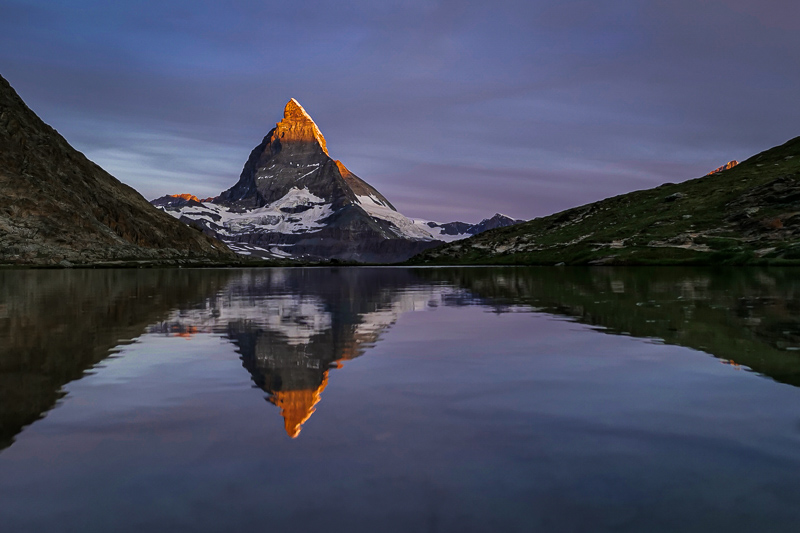
These phone’s cameras can go up to ISO102400 which will give you obviously really shitty results. To be honest I recommend to use a tripod whenever you have to use anything but base ISO (50 in this case).
I have been reading about a few people using heavy exposure stacking to take pictures of the milky way with their smartphones, but I don’t think this is actually a viable option.
Lens choice
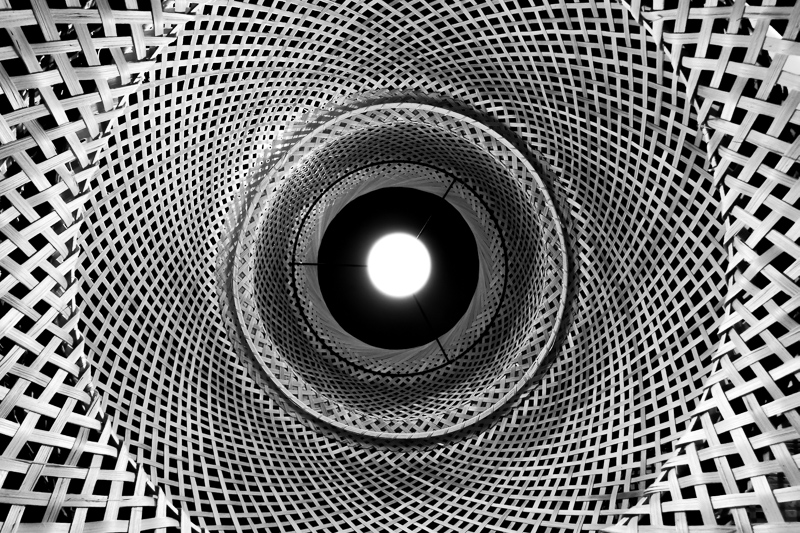
While it is pretty amazing to have 16, 27 and 80mm lens equivalents readily available (something no compact camera can do for you by the way) this doesn’t help if you are into tele lenses.
Light with its L16 camera is using tilted tele lens designs with a mirror at the end though, so probably we will also see a bit of improvement here in the future.
And obviously a phone can not replace specialty lenses like a 1.4/85 or 2/200 or tilt-shift lenses.
Conclusion
Looking at the pictures in this review in the web resolution provided: would you be able to tell whether they have been taken with a phone or a fullframe A7 series camera?
People rarely think about output size which is actually a very important factor to consider. At web size (which I am sure is used for viewing the vast majority of pictures these days) differences in resolution and noise are not that obvious.
Furthermore the jpeg engines of phones are probably the most sophisticated we have these days. This Huawei phone even recognizes if I take a picture of a bike, a dog, a person, a mountain or blue sky (and 1495 things more) and will automatically adjust the jpeg settings to give the “best” results.
Does this mean I will dump my full frame gear? Most certainly not. But in the end convenience has always won over quality (LP -> CD -> MP3) and the only remaining question is where your threshold for “good enough” is. For Instagram and Facebook with their compression algorithms many pictures from this article should pass that mark already.
It will also be interesting to see, if some of this tech will make it into bigger sensor cameras. It is a curiousity these days, that some of the most advanced imaging technology is tied to be used with the smallest, lowest quality imaging sensors.
But one thing has been true for photography (and painting before) from the very beginning until today: the subject, the composition and the decisive moment are the most crucial aspects that define a picture, not the technology used to capture it.
You can usually find the Hauwei Mate 20 Pro on e.g. amazon.com/amazon.de for about $749/749€ new or used/refurbished starting at $500/500€ (affiliate links)
Sample Images
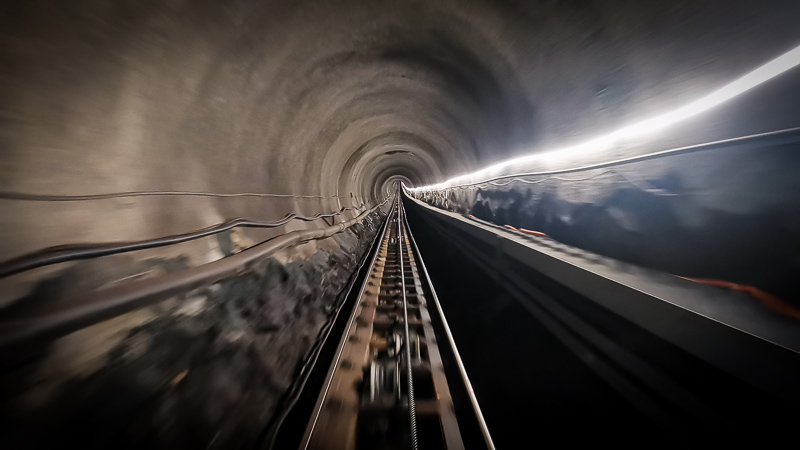
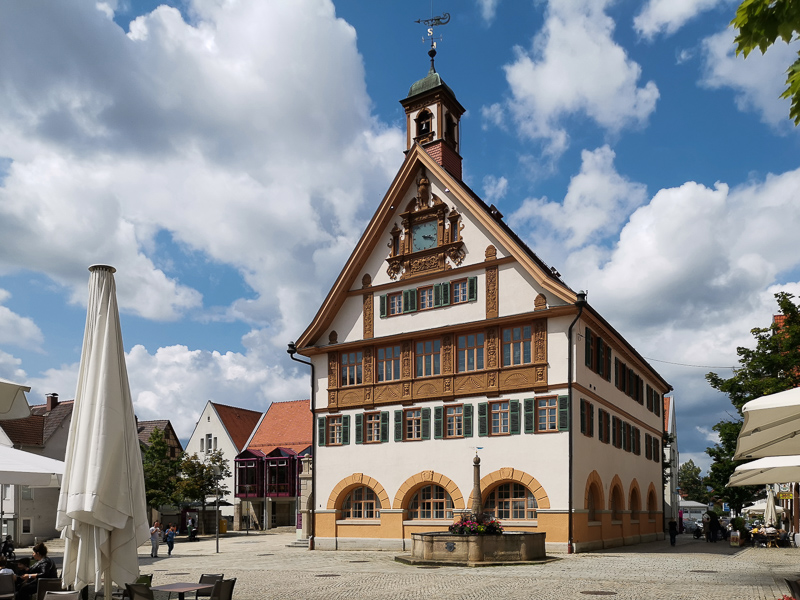
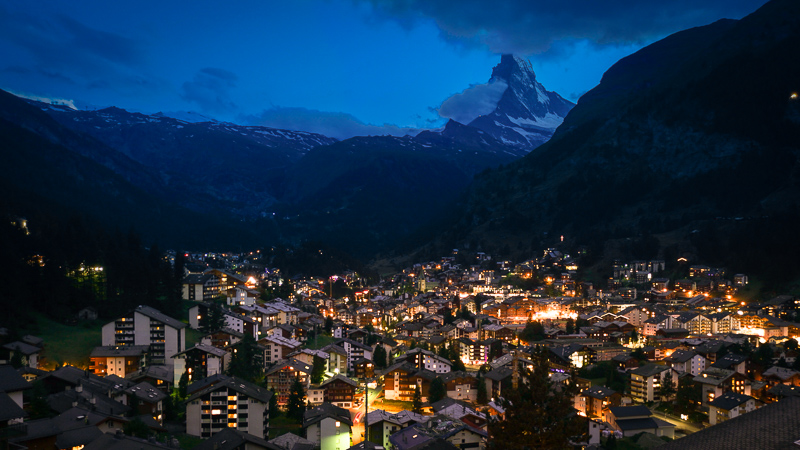

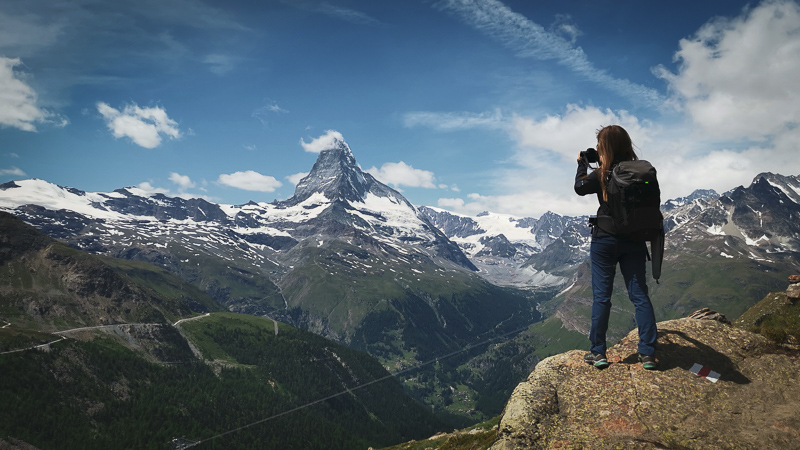
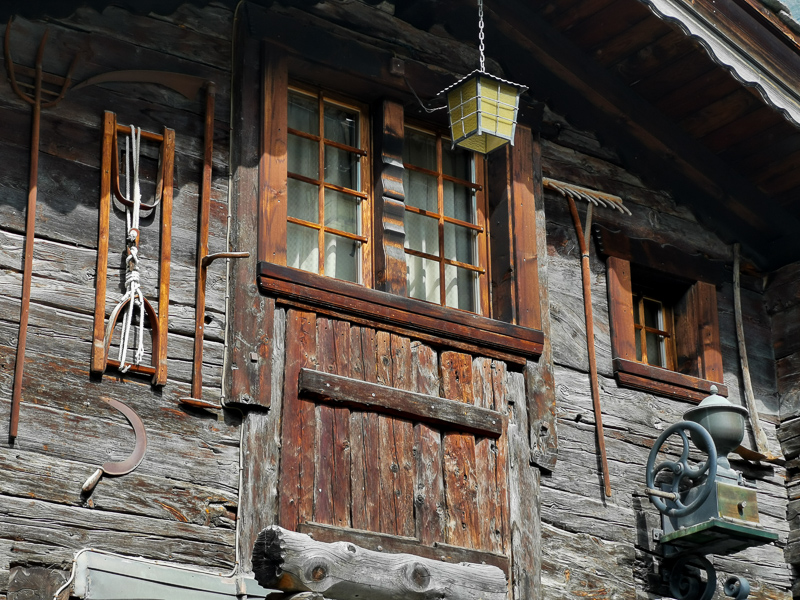
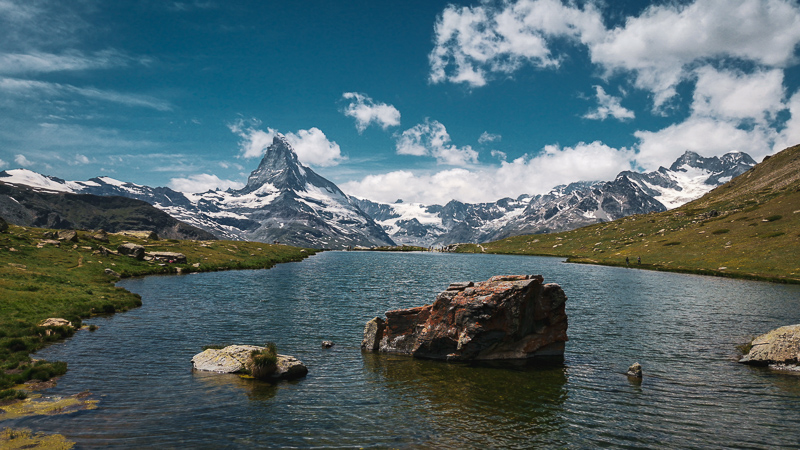
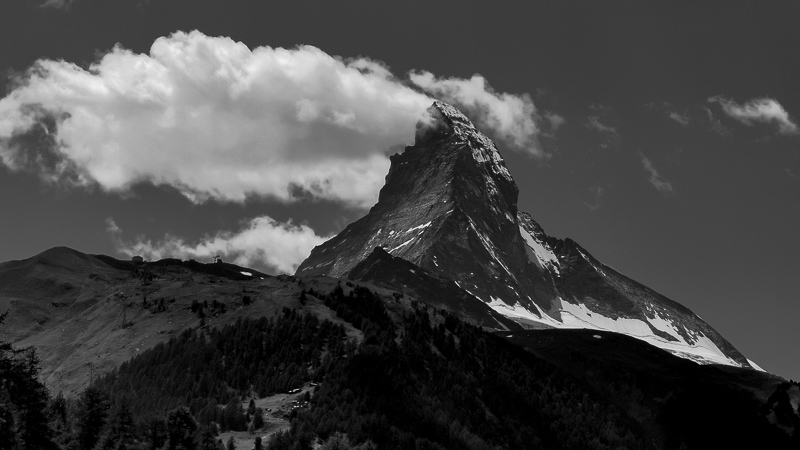
Further Reading
- Sony FE lenses: Our comprehensive and independent guide
- Sony FE lenses: Our guide to portrait lenses from 85 to 135mm
- Review: Sony FE 85mm 1.4 GM
- Review: Voigtländer 50mm 1.2 Nokton E
Support Us
Did you find this article useful or just liked reading it? Treat us to a coffee!
![]()
![]()
![]() via Paypal
via Paypal
This site contains affiliate links. If you make a purchase using any of the links marked as affiliate links, I may receive a small commission at no additional cost to you. This helps support the creation of future content.
Latest posts by BastianK (see all)
- 2025 – Year in Review - December 23, 2025
- Review: Sony FE 70-200mm 4.0 G Macro OSS II - December 20, 2025
- Review: Viltrox AF 35mm 1.2 FE LAB - December 17, 2025
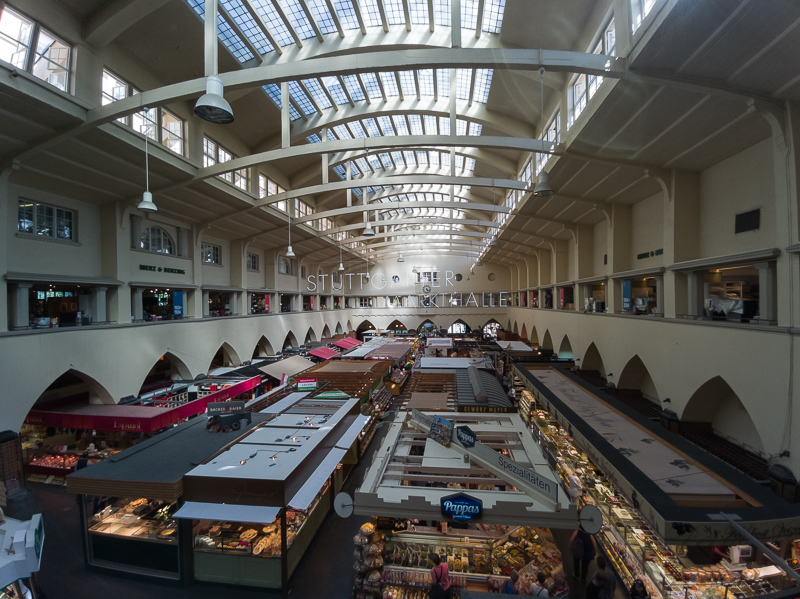
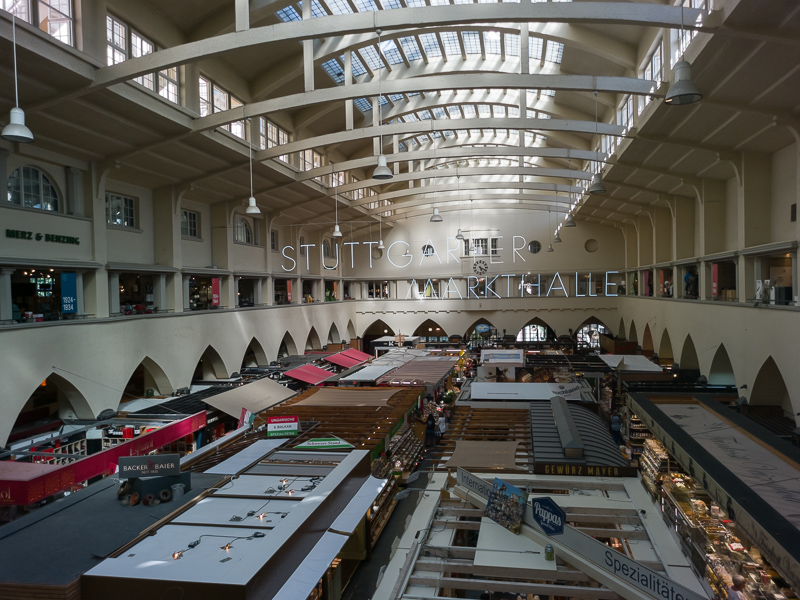

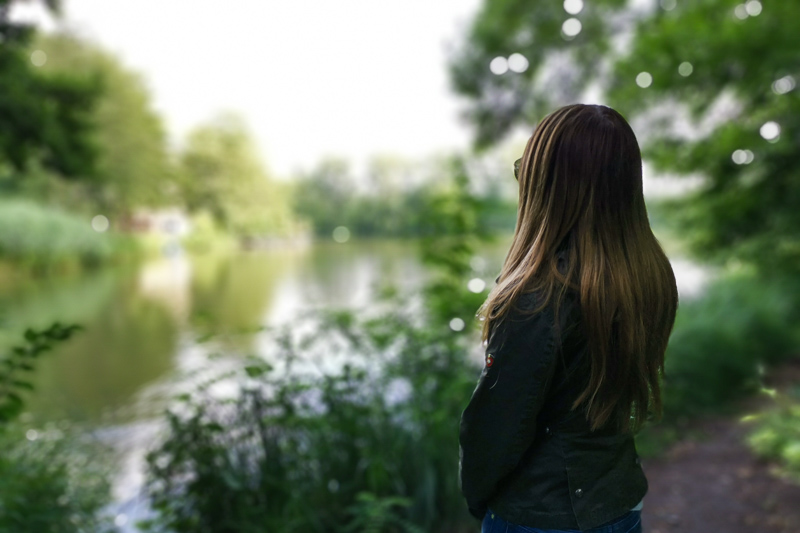
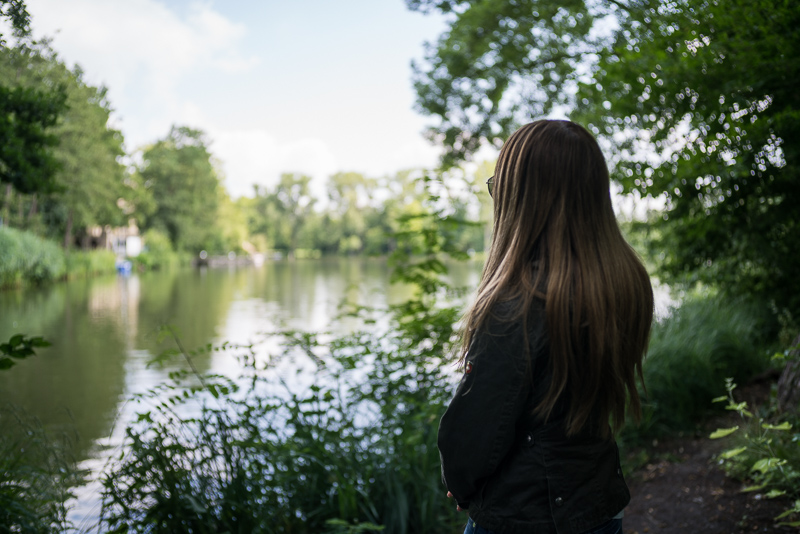
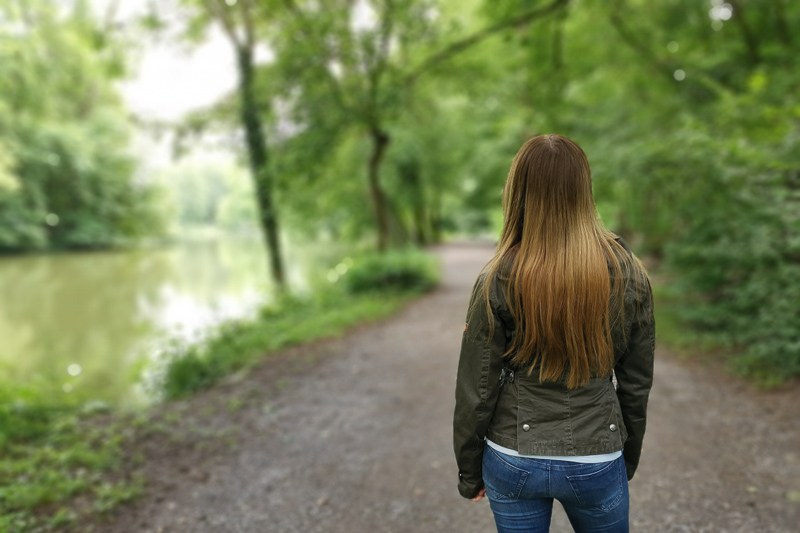
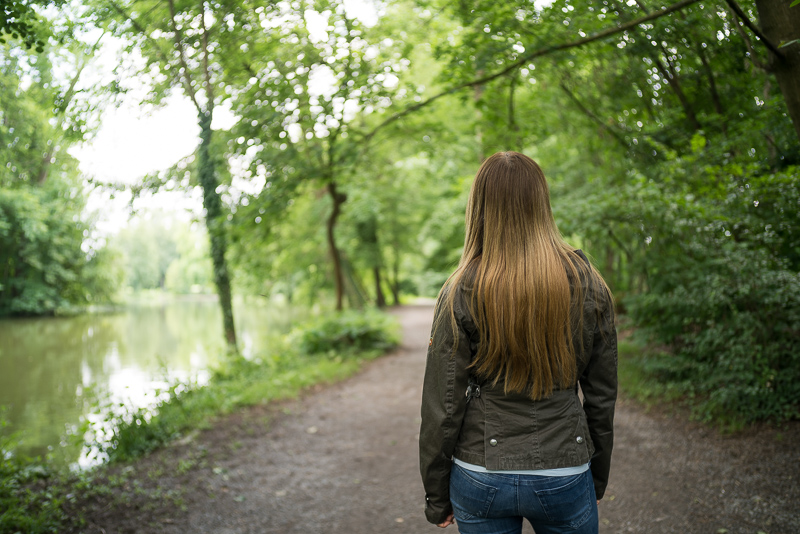
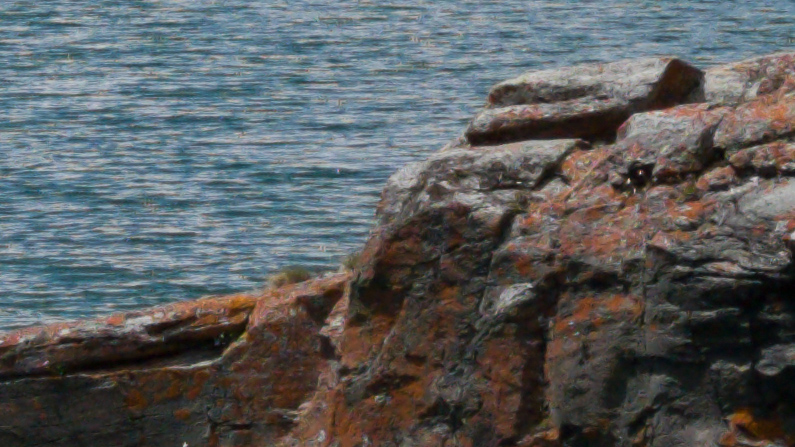
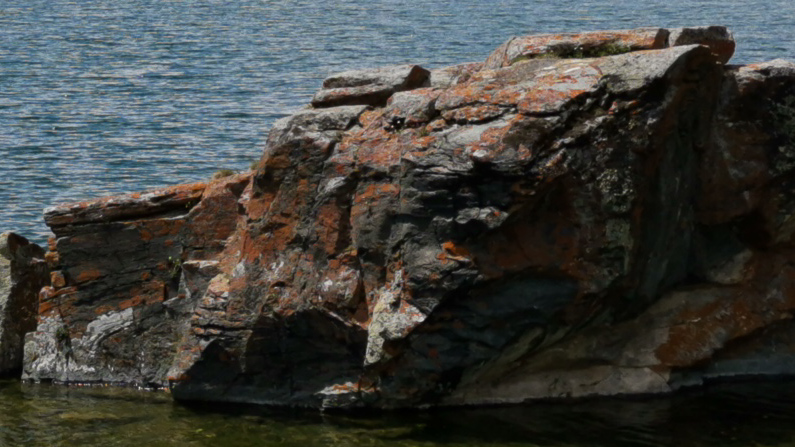

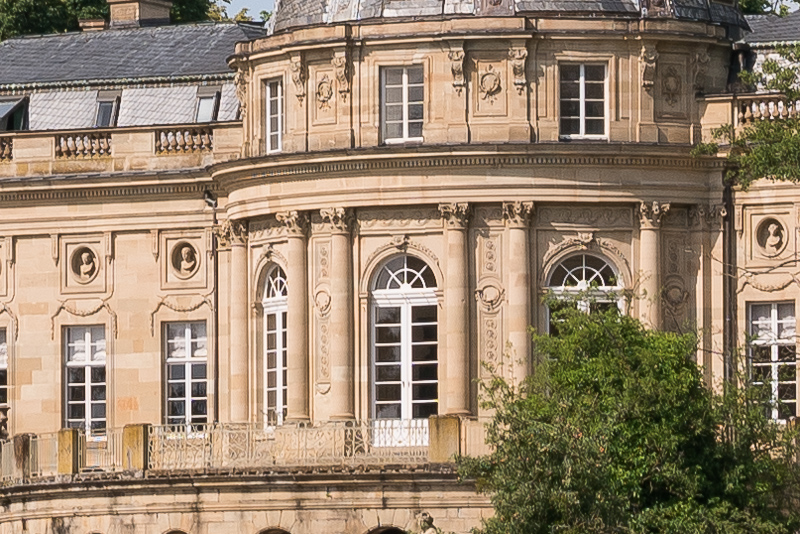
Hi Bastian, what polarizer arrangement did you use? Your photos look great, tempted to say who needs a separate camera anymore.
For the main lens (which I mostly used anyway) I am using this NiSi Prosories Phone filter holder.
Unfortunately its clip is only long enough for the main lens.
For the UWA lens I was holding a normal 52mm polarizer in front of the Phone. Very little fun.
I’ve been using Mate 20 X with the same cameras for some time now, it’s a great companion in a pocket.
When one sticks to lowest ISOs, the raw from all three cameras is surprisingly flexible (Lightroom CC Mobile being the choice for edits) – sadly the tele lens is just 8mpix and the ultra wide angle has uneven distortion uncorrected. Still one can shoot even long exposures with timer in Pro mode with surprisingly good results after the raw edit.
As for bokeh, it’s the first camera I held, where it’s usually much easier and faster to shoot quite usable portrait on vacation (I usually dial in 1.5x+ zoom) then getting out the sony, moving files into phone etc. The bokeh quality and precision is very good and since the aperture emulation amount and focus point are changeable after taking the shot in Aperture mode, I usually let my girlfriend just go through the shots and tweak the ones she wants before sending them to LR – very happy couple workflow 😉 Can’t recommend it enough, especially when around water/beaches where simple plastic water resistant pouch makes all the difference.
If there’s one thing I don’t like, it’s the flat rendering of those ‘Leica’ lenses, clearly made for maximum sharpness possible without regard for ‘3D’ rendering, like many modern lenses are.
Unfortunately Lightroom CC does not have profiles for the lenses so I am not super happy with the RAW files.
So I was mostly using Jpegs with it but agree that they are more flexible than one would expect.
Timely comparison/review.
The convenience is unmatched and the IQ is enough currently for most people for most applications. The question is whether there will be enough enthusiast users to keep an enthusiast segment alive or whether it will be only pros in a few years.
I dislike the ergonomics of my phone (Pixel 1) with the shutter button on the side and touch interface elsewise but what I like about it are the night shots. Yes, Hand Held Twilight creates shallower dof shots but isn’t necessarily easier to focus and the large-dof shots from the phone are rather clean for most social sharing platforms up to a point. I don’t know what newer Sony cameras would do, bring on the tripod or the 50 0,95 and ibis?
I’m going to keep my A7rii for a while; I like using vintage lenses with it and how it handles, mostly.
its amazing what has been achieved in the camera sector with smartphones. the image sharpness nowadays is very respectable.
what i always miss when looking at those images is good/natural colors.
Color in my opinion has always been one of the things that was visible better with apsc/ff sensors than with the tiny ones of (soon extinct) compact cameras.
Theres certainly room for improvement in post. but i feel theres just not the same range of colors (i hope thats a thing…)
While the bokeh simulation has certainly brought (arguable) esthetic back to mass photography that was long lost (after 35mm film) i still miss natrual good looking colors from tiny sensors.
i’m excited to see what will come in the next 5-10yrs. i feel theres not much room for improvement left, but you never know in a market that is as big as the smartphone market (if my source is right its about 30 times bigger as digicam)
Nice images and review, Bastian. I don’t take many photos with my phone and don’t think I would ever use one as my main camera. I shoot with telephoto lenses far too often. But it would be nice to have one as a backup camera or just to have something to use when I don’t want to bring my camera with me.
Fantastic images. I’m not sure I can produce stuff this good with my A7M3…
Where is the “Handling” section? Im pretty shure that i can change settings faster an more precisely on my A7r2. And it’s more fun!
If you shoot non moving objekts with low resolution and enouth light i think almost every camera will do the job. (Ok the bokeh feature is realy cool)
I think if you use a real camera these days you either take photos for fun or you have verry special demands.
Sobering and interesting, especially the dynamic range!
It saddens me to say it but that OOF would probably go down better than anything most of my lenses can produce with a lot of people I know – and even love!
Of course there are a lot of situations the phone is not going to do a job, even for social media, but that isn’t the point.
Good read.
Where are the corner sharpness tests though? Come on – make us feel more smug about our purchases.
“Do I need a camera with 42mp?” – I’m afraid this question is already outdated. 🙂 61 MP is trending.
what i like most about this is you get 26MP in crop mode. so you can now use apsc lenses without having to compromise on resolution.
Otherwise i wont need that kind of res
Hi, interesting post. The pictures from this phone looks like great, but would be interesting to see at full resolution.
Comparing these photos to some almost identical compositions from the last Sigma 35mm 1.4 ART review is very illuminating. Yes, the full frame shots often look more crisp, but in many cases I like these smartphone shots more!
The two night shots here look nicer to my taste, with more muted and realistic colors. Even the fake bokeh, although it is fake, separates the woman better from the background and is smoother. And they’ve totally fixed the worst problem of old smartphone cameras: blown highlights.
I believe when looking at the images as a whole and not squinting into the corners or the shadows… yes the smartphone images are often more pleasing straight out of camera.
Downsides: they won’t print as well above maybe 6×9. Less artistic flexibility. Less fun gadget geekery. Less physical exercise (from carrying around the lenses).
Good summary 🙂
I think comparing these 35mmf1.4 shots is very interesting and actually proofing the point i made above – I think the tiny sensors have bad colors!
to my taste, the colors from the A7 are clearly better/more natural, and i dont think you could retouch it to look the same.
Compare:
https://phillipreeve.net/blog/wp-content/uploads/2019/07/sigma_35mm_1.4_art_sample_17.jpg
To:
https://phillipreeve.net/blog/wp-content/uploads/2019/07/IMG_20190708_122203.jpg
and:
https://phillipreeve.net/blog/wp-content/uploads/2019/06/sigma_35mm_1.4_art_sample_12.jpg
to:
https://phillipreeve.net/blog/wp-content/uploads/2019/07/IMG_20190709_171607.jpg
In the first set of examples the editing is very different.
In the second it is quite similar though, as far as that is possible (A7III: Raw edit, M20Pro: Jpeg edit).
Tonal range in general but especially in the shadows is not as good with the phone, obviously.
I think in these 2 comparisons, its even more striking.
https://phillipreeve.net/blog/wp-content/uploads/2019/07/IMG_20190709_220018-1.jpg
https://phillipreeve.net/blog/wp-content/uploads/2019/06/sigma_35mm_1.4_art_sample_13.jpg
https://phillipreeve.net/blog/wp-content/uploads/2019/07/IMG_20190711_055545.jpg
https://phillipreeve.net/blog/wp-content/uploads/2019/06/sigma_35mm_1.4_art_sample_16.jpg
in many cases i just dont like the colors from smartphone sensors. I have the same problem with my S7 (which has an ok camera). Especially skin tones can look greenish/yellowish. I think that is on of the biggest downside of smarthphone cameras right now.
Today, what would you tell (former) point and shoot camera users if they asked you what camera to get (<500EUR).
Happens to me alot , i usually tell them to invest that money in a new smartphone and looking at the output of this huawei p20 pro, i believe i'm right.
Usually people also want more zoom than their current smartphone, which really leaves only a few options like the Huwaei p20/p30 pro…
So at the moment i find it really hard to decide, if for non enthusiasts (i.e. someone that is not interested in raw processing) does it make sense to invest in a dedicated camera (e.g. a6xxx+18-135)?
I either recommend RX100III or IV or a smartphone like the Huawei Mate/P 20 Pro.
For many the smartphone just wins in terms of convenience as the pictures are readily shareable.
Only those that specifically tell me they are interested in editing their pictures I recommend to have a look at an A6X00 with one of the zooms and 1 or 2 added primes.
But honestly: I think many that are not to keen on editing their pictures will get better results from the phone.
I am a 38yo, FF shooter, Canon camera and lenses (mostly L series), shooting regattas, vintage cars and reportage/travel portraits.
I own this phone since three months and I do enjoy it as a portable camera, especially for street shots. I actually bought it with the main purpose of checking where mobile photography is, today, since it is one of the best camera phone ever.
Well, if I was the kind of shooter mainly interested in smartphone-first kind of experience (publishing and looking at pictures via phone mostly), I would love it. But I am not, nor I ever loved any phone camera I’ve ever known.
Nice pics can indeed be taken with the 27mm only. The 80mm is very crappy. 40 MP mode does not help at all, to me.
The goodness of this phone is in the software elaboration, but forget the auto mode when dealing with high dynamic range scenes: there you need to take control. Flare against lights is a total pain.
I noticed that shutter speed values seem fake to me: a 1/1000 seems not faster than 1/400 or 1/500, to me.
Moreover, ISO dirt is quite terrible if compared to pro FF cameras (and my Canons arent the best of the bunch when it comes to ISO capabilities). ISO 1200 is terribly noisy already on this phone, while it would be still perfeclty usable with a FF (even with FF I do not ever go over 3200, though).
Manual controls setting via screen is a pain, as with any other phone out there: so slow and unreliable that the experience is frustrating.
No doubt I can consider this as a portable camera, a real one. I found myself shooting a lot more than before, with it, and I could take shots I would never had the guts to shoot with the pro rig, like people sneezing in front of me without them noticing me taking the picture.
But hardly any picture I took with it can stand a comparison with my pro rig. Lots, lots of limitation, more than any smartphone brand will ever tell you.